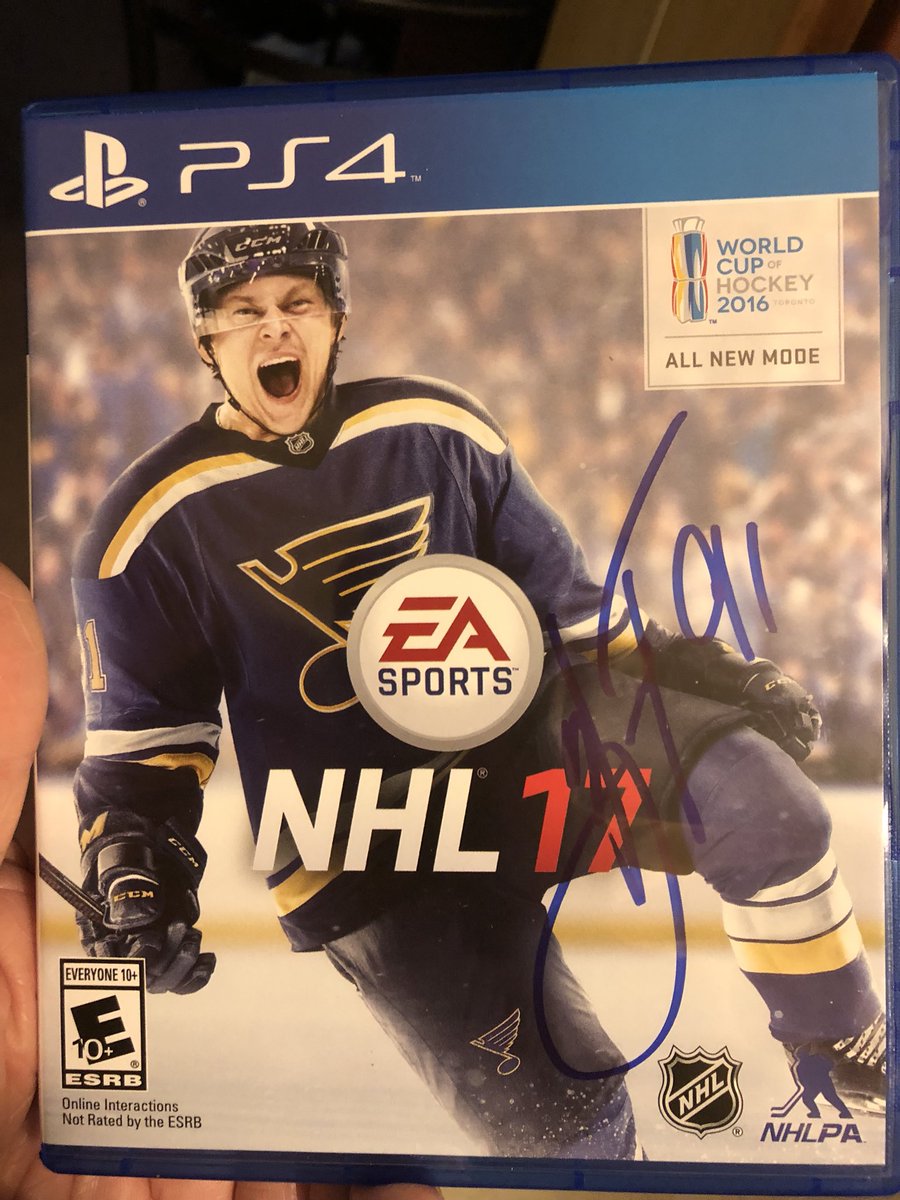

The commentary pairs well with the reworked broadcast package. Some Ferraro lines are repurposed from last year as well in one instance he even references being down on the ice instead of in the booth. And while EA says it captured many more hours of play-by-play than it typically does, the duo has way too many dead-mic moments, like when a rookie is sent out for a warm-up skate on his own or a player heads down the tunnel with a serious injury. The duo delivers much livelier vibeole, though Ferraro doesn’t feel as integrated into the broadcast as he should be. This year, EA replaces them with the energetic play-by-play voice James Cybulski and Ray Ferraro, who moves from between the benches into the color commentary role. Doc Emrick and Eddie Olczyk may be a legendary broadcast team in real life, but their commentary in previous NHLs never captured their dynamism. If one-timers are the signature feature of NHL 20, the assist goes to the reworked presentation. NHL would benefit greatly from a FIFA-style jostling system that allowed stronger players to dislodge the puck from smaller and weaker players without completely knocking them off their skates. Too often when players collide, a giant check leaves the recipient on the ice – or they just glance off. EA, if you’re listening, please clean this up with the first patch.ĮA also needs to address physicality, an area of NHL 20 that currently has no nuance.

Occasionally, pucks drop right beneath the goalie and they don’t have the awareness to cover it in a timely fashion, resulting in weak goals that go off their skates. Sudden shots that require quick reactions often leave juicy rebounds at the crease, creating frantic scrambles for possession. Goalies may not always make it across the crease for the save, but they are much more aware of the threats on the ice on the higher difficulty settings and do a better job of deflecting pucks into corners away from danger (and not into the crowd like we saw way too frequently during the beta). Simply put, NHL 20 looks and plays a little more like real hockey. The change had its intended effect competitors in early matches seem more interested in trying to score goals with one-timers than fishing for goal-scoring exploits. NHL 20 fixes this with a welcome assortment of new animations that allow skaters in scoring positions to unleash shots from a wider degree of angles. Even then, the lumbering shot animation often resulted in a groan-inducing whiff. This innovation takes the on-ice action forward, but at the same time, EA’s stubborn refusal to improve and refresh some of its most popular modes keeps NHL 20 from really breaking away from the pack.įor the past several years, even the most skilled hockey superstars had a hard time executing one-timers in NHL unless the passes were perfectly placed at their feet and their sticks were perfectly aligned. Last year’s dramatically overhauled skating made the players feel dangerous on their skates again, and NHL 20 adds stick speed, making one-timers as effective as they were when first introduced in way back in NHL ‘94.
NHL 17 PS4 SALE SERIES
For many years, EA’s NHL series felt too slow and unresponsive to be a difference maker, but that’s starting to change. A split second can determine whether a goalie makes a game-changing save, a player scores a career-altering goal, or a defender locks up that threat before they have a chance to get off the shot. Time is everything in fast-paced sports like hockey.


 0 kommentar(er)
0 kommentar(er)
